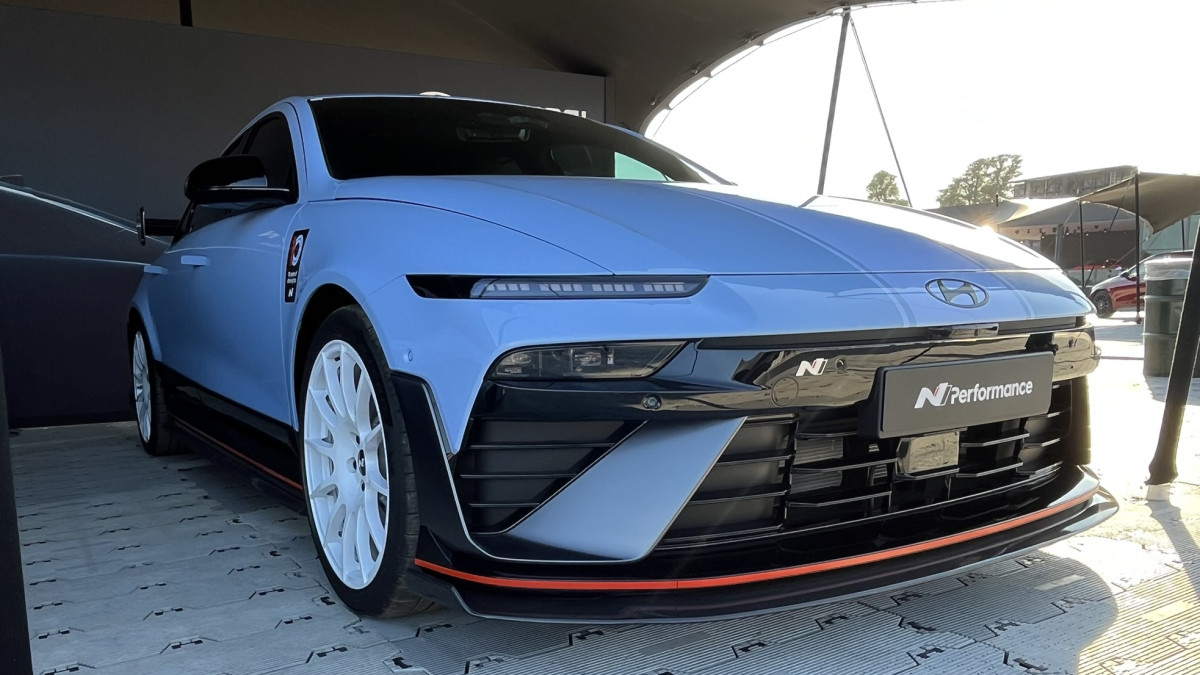 Source: DTN News / Reuters By Irene Klotz
Source: DTN News / Reuters By Irene Klotz (NSI News Source Info) CAPE CANAVERAL, Florida - April 23, 2010: An unmanned Atlas rocket carrying a miniature space shuttle blasted off from Cape Canaveral Air Force
 Station on Thursday on a technology test flight that could last as long as nine months.
Station on Thursday on a technology test flight that could last as long as nine months.The 20-story rocket, built by United Launch Alliance -- a joint venture of Lockheed Martin Corp and Boeing Co -- lifted off at 7:52 p.m. EDT and soared over the Atlantic Ocean, heading toward orbit.
The Air Force Space Command, based in Colorado Springs, which will oversee the mission of the X-37B Orbital Test Vehicle, has classified details of the prototype shuttle's payload, experiments and planned orbital operations.
The point of the project, started by NASA in the late 1990s and later adopted by the military, is to test a next-generation space shuttle -- the world's only reusable operational spaceship -- to try to trim time between flights and cut costs, said Gary Payton, Air Force deputy undersecretary for space programs.
"Probably the most important demonstration is on the ground, see what it really takes to turn this bird around and get it ready to go fly again," Payton told reporters.
NASA's space shuttles take several thousand engineers and technicians three to four months to prepare for flight.
But the X-37B is not meant to carry people. The military is looking at the vehicle as a way to test new equipment, sensors and materials in space, with an eye to incorporating them into satellites and other operational systems.
Officials also would like to cut the turnaround time between space flights from months to days.
The X-37B looks like a space shuttle orbiter, with a similar shape and payload bay for cargo and experiments. But it measures 29 feet, 3 inches in length and has a 15-foot (4.5-meter) wing span, compared to the 122-foot (37-meter) orbiters with wing spans of 78 feet.
Unlike NASA's space shuttles which can stay in orbit about two weeks, X-37B is designed to spend as long as nine months in space, then land autonomously on a runway.


















No comments:
Post a Comment